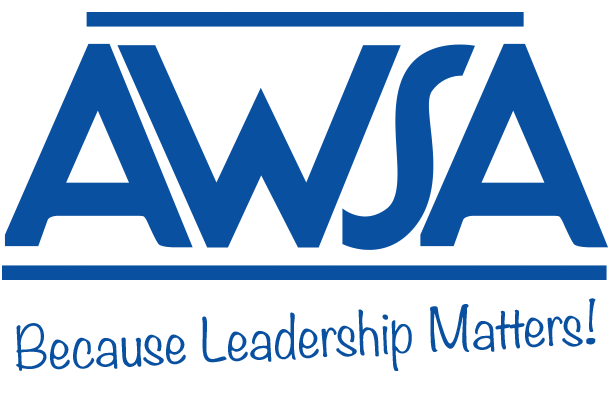Online Learning: A Case for Continuous ImprovementThe three previous articles in this series focused on strategies for planning and implementation related to providing online learning options for learners. The final installment in this series will address the idea of continuous improvement and summarize a mini-playbook, which contains a practical guide to help practitioners ask reflective questions about how their efforts can be continuously improved. The phrase “continuous improvement” can be interpreted in a variety of ways. For some it can hold an undertone of inadequacy or failure. For others it holds a more positive connotation of possibility and growth. Either way, the idea that small change can have significant impact over time provides international companies like Amazon, Tesla, Toyota, and Disney with a sense of satisfaction and success. Let’s apply these same ideas to education - specifically online learning. Looking back on emergency remote learning, a natural reaction to the unforeseeable circumstance is “we could have done this better.” But does that mean in a post pandemic environment we should abandon all aspects of online learning or make small changes to continuously improve the options available to students? The Wisconsin Digital Learning Collaborative teamed up with the Evergreen Education Group to explore a key question - “How can practitioners take a new approach to assessing, addressing, and improving quality?” The resulting “Reflecting for Continuous Improvement” guide can be applied to general education but contains flexibility to be applied with a narrower lens on specific offerings such as online learning. The full guide presents a two-part strategy that includes individual program reflection, and the case for diving deeper with a peer learning network. The comprehensive idea can be overwhelming and prevent programs from engaging with the process. However, many existing programs and schools have found benefit in choosing one of the themes referenced in the image on the right as a focus for school year initiatives. Seize the opportunity to do a short reflection right now! Use the sample set of questions below related to “Success Criteria - Organizational Outcomes” to determine if there are ways you could subtly improve. Success Critieria- Organizational Outcomes
The set of questions encourages programs to think critically about quality and where changes need to happen in order to better the student learning experience. Consider other ways to use these key questions with your organization. While self-reflection holds many benefits, it may be critical to have various stakeholders answer the same set of questions to provide a comprehensive view of your organization. Including others may bring to light areas for growth that are not as apparent to your role. Another option is to have a neutral person, not directly affiliated with your organization, serve as a facilitator. Being in a perpetual state of “a work in progress” is a good place to be. This shows others that steps are being taken to reflect, obtain feedback, compile data, and take action to improve.No matter which stage of the online learning journey your program falls - Planning, Implementation or Continuous Improvement - consider using the following questions to determine where you go next! By Sami Mantyla, Wisconsin eSchool Network |
